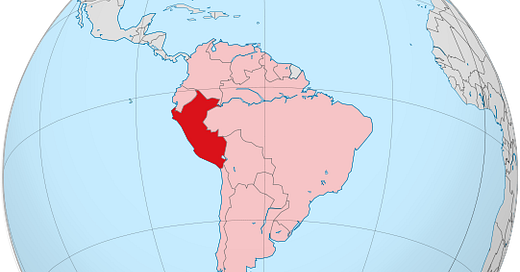In a follow-up on the dengue fever situation in Peru, the country’s Center for Disease Control (CDC) reports 79,741 cases of the mosquito-borne infection though March 22, 2024.
This is an increase in cases of 262 percent compared the the same period in 2023.
Officials report the most affected regions include La Libertad (16,247 cases), Lima (12,306 cases), Piura (11,470 cases), and Ica (10,909 cases).
Peruvian health officials expect cases to continue their rise through early April and begin to decline in the end of that month.
In addition, 82 deaths due to dengue have been reported, up from 53 fatalities just two weeks ago. In fact, the Pan American Health Organization (PAHO) reports that Peru has the highest fatality rate for the disease in South America.
Dengue is a disease caused by a virus spread through mosquito bites. The disease can take up to 2 weeks to develop with illness generally lasting less than a week.
Health effects from dengue include fever, headache, nausea, vomiting, rash, muscle and joint pain, and minor bleeding.
Dengue can become severe within a few hours. Severe dengue is a medical emergency, usually requiring hospitalization.
In severe cases, health effects can include hemorrhage (uncontrolled bleeding), shock (seriously low blood pressure), organ failure, and death.





